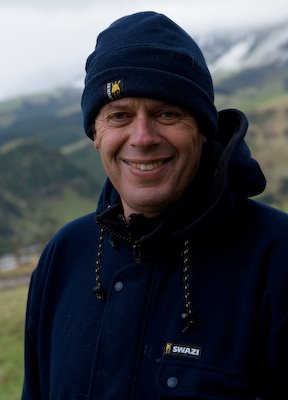It's about Time

Kia ora tatou:
It has been quite some time since I made a post, and one or two subtle comments have made that quite clearly. Thank you.
I made the comment in a previous post about the transient nature of what we photograph. I think this is an idea that has been rattling around inside the Bridge head for some time.
One of the things we can do with our images( and should do) is to revisit them (assuming, of course, that we haven't suffered from a form of photographic self-mutilation and thrown them all out). Often it is the quiet pictures that can tell us the most, you know, the ones we tend to overlook, the images that sit politely in the background waiting for us to take notice, quietly confident, leaving it up to us to pay attention or pass by. Here is one such image, which has taken me some three months to come back to. May I extend my apologies to it.
I was walking on the beach at a place called Flat Point, which is in the Wairarapa, along with a friend and artist called Steve Lawrie. It is always fun to be out with a painter, because they see things you don't, and hopefully, you see things they don't. And here is an interesting point about the difference between painting and a photograph.
It's about Time, really.
A painter puts Time into his painting, both literally and figuratively. It takes Time for him to make the painting, and in doing so, he, consciously or unconsciously, puts an extended Time-Frame into his image. Because of that fact, and his awareness of it, it is very difficult for him to be really selective about a particular moment. Painters’ moments tend to be long, and tend to have a figurative nature that suggests things more universal than particular.
Consider this painting by the American artist Edward Hopper. The two people, a man and a woman, are sitting on a porch at night, having a discussion. They are
 illuminated by a light coming from the ceiling at center-left. The discussion is obviously serious. They might be talking about which McDonald's they will go to for tea, but somehow I don't think so. It seems to be one of those “relationship” discussions. It could be a photograph, a moment taken at a fraction of a second. But there is a sense of a wider Timeframe, and the sense that what we're seeing is the encapsulation of an event that somehow takes place over a longer Time period.
illuminated by a light coming from the ceiling at center-left. The discussion is obviously serious. They might be talking about which McDonald's they will go to for tea, but somehow I don't think so. It seems to be one of those “relationship” discussions. It could be a photograph, a moment taken at a fraction of a second. But there is a sense of a wider Timeframe, and the sense that what we're seeing is the encapsulation of an event that somehow takes place over a longer Time period.Of course it does.
Hopper may well have started from a photograph, or he may well have started from a simple memory.
Whatever.
The point here is that, in the process of making the painting, he must have thought about that relationship issue again and again and again. Every time he came to it, he might well have seen it in a different light, have seen a different interpretation of that moment. And of course consciously or unconsciously, he will have worked those ideas into the painting. Thus, the time taken to think about the moment has extended the moment, and the time taken to put paint on canvas has also lengthened the moment. It is the nature of painting.
Photography is radically and fundamentally opposed. Photography, by its very nature, is a documentary medium. We document moments in Time. Andre Cartier-Bresson, in his book The Decisive Moment, talks about this. Our selection of shutter speed dictates the slice of Time that will be recorded. Whether it is a fast or slow shutter speed, we're still really talking only about Moment. It has always been so for the photographer. A fast shutter speed slices the moment, very finely, while a slow shutter speed takes a bigger section. Either way, we do not have the opportunity to enlarge the timeframe post-capture in the same way that the painter does. Take this the next stage further and the crucial photographic issue we're really talking about is Time, and the exploration of Time.
Which brings me to the picture at the top of this post.
As I mentioned, Steve and I were walking along the beach, an untamed place, where southerly storms, still pumped up and ferocious, fresh from a wild ride up from the Antarctic, pound into the land. As we walked into the dunes, Steve pointed out these grasses. We stopped for a look, and there was a story writ small. In front of me was a narrative. The pattern in the sand told of wind, weather, and an event that had taken place over an extended period of time. The semi circular track in the sand resembled the face of a clock, the grasses the hands that described this event. As the grasses grew, the visual expression of this event would change. But the evidence was there, and no doubt had I chosen to look, I would have found its like repeated all over the beach. It is one of these wonderful times, when the part shows us the whole.
It wasn't a difficult picture to make, but it is taken me some three months to realise its significance.
Ka kite ano


0 Comments:
Post a Comment
<< Home